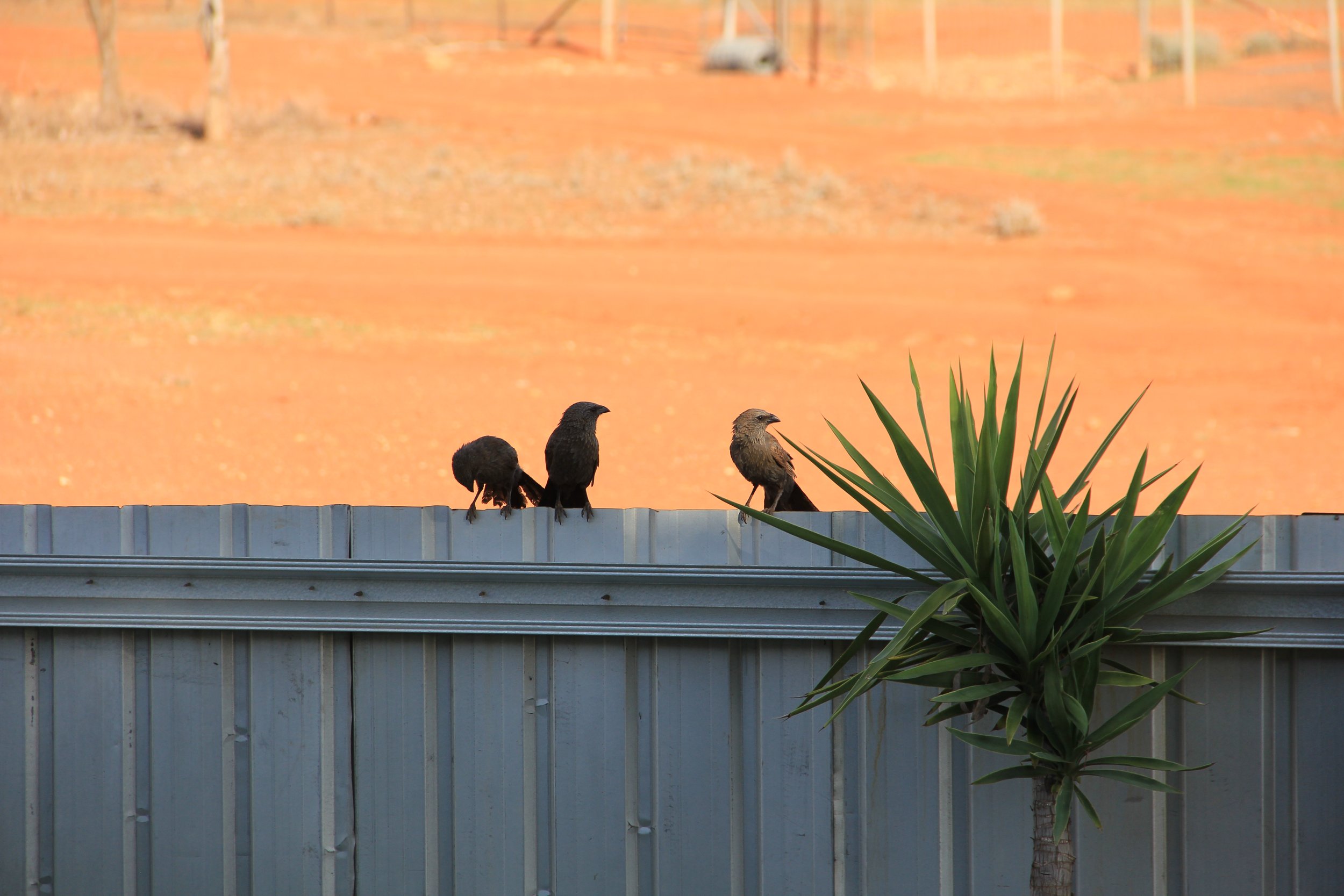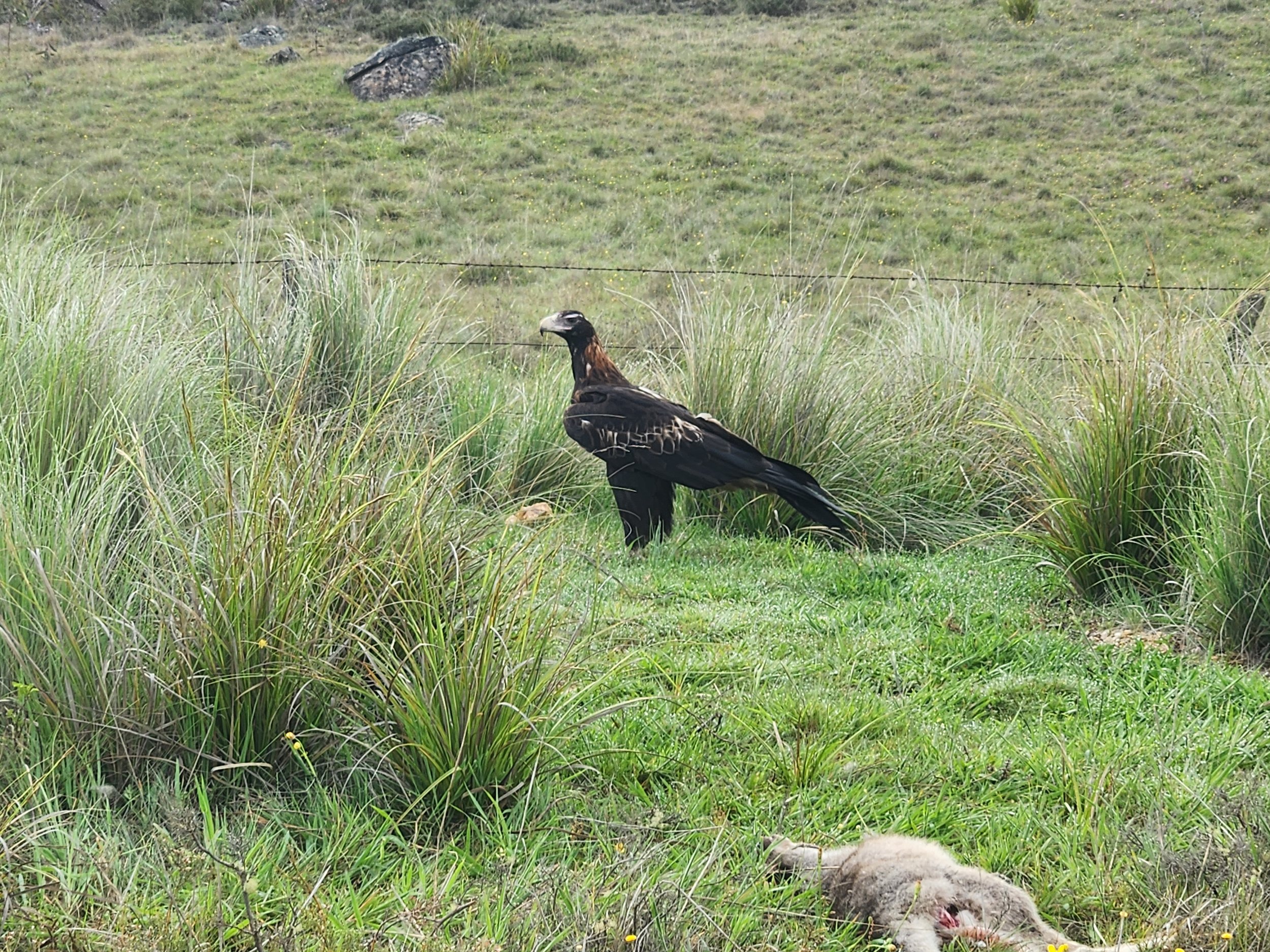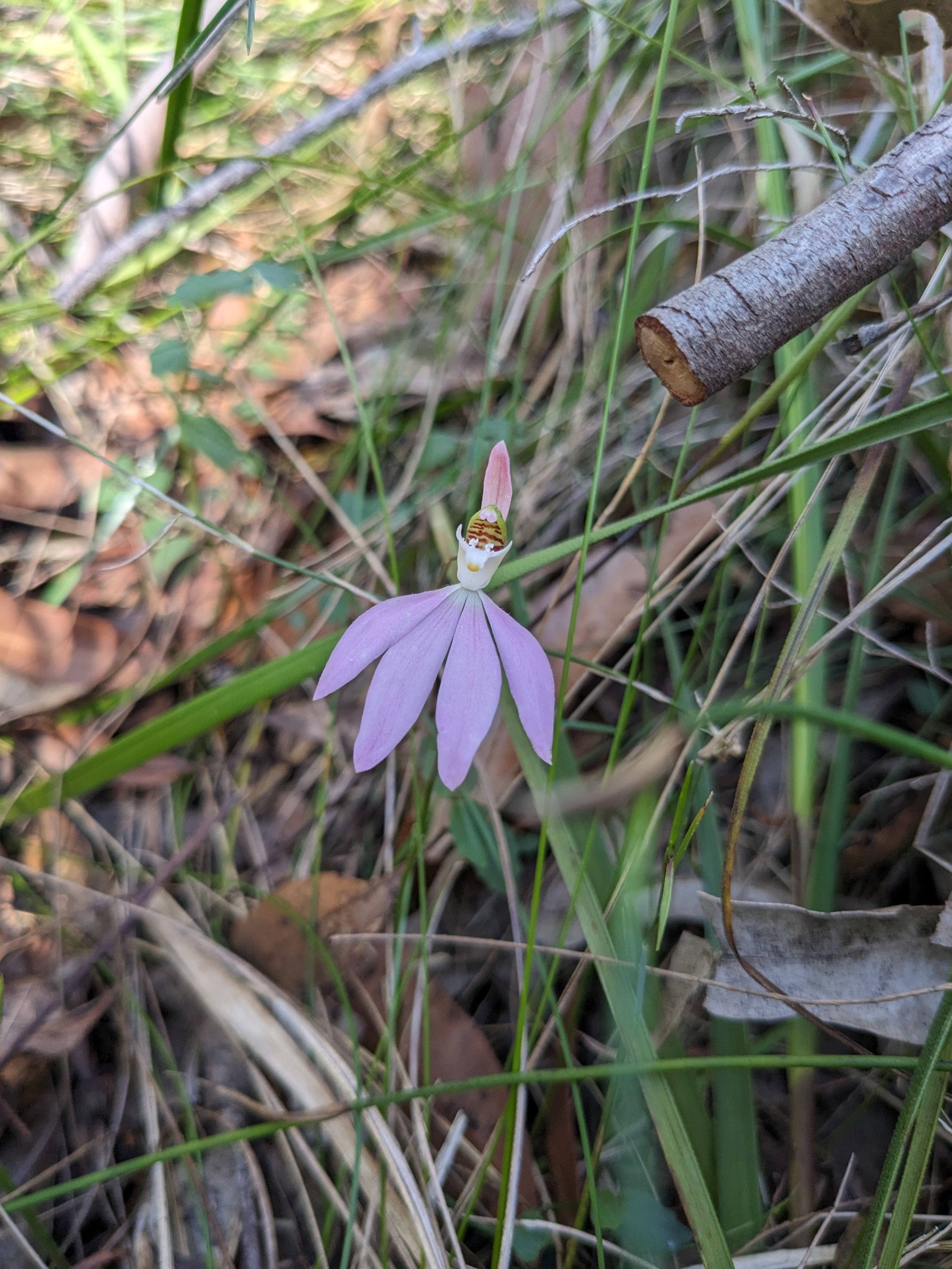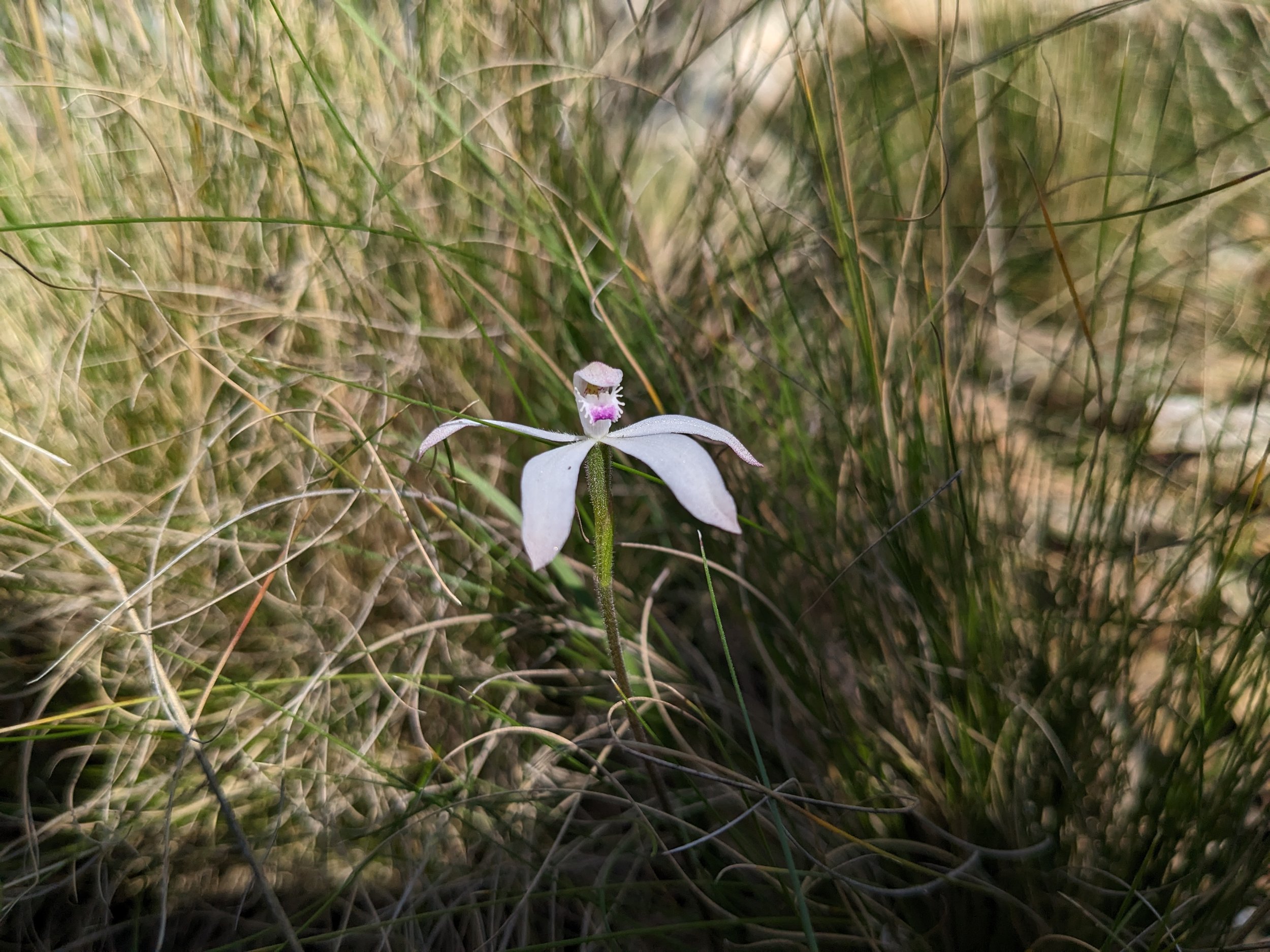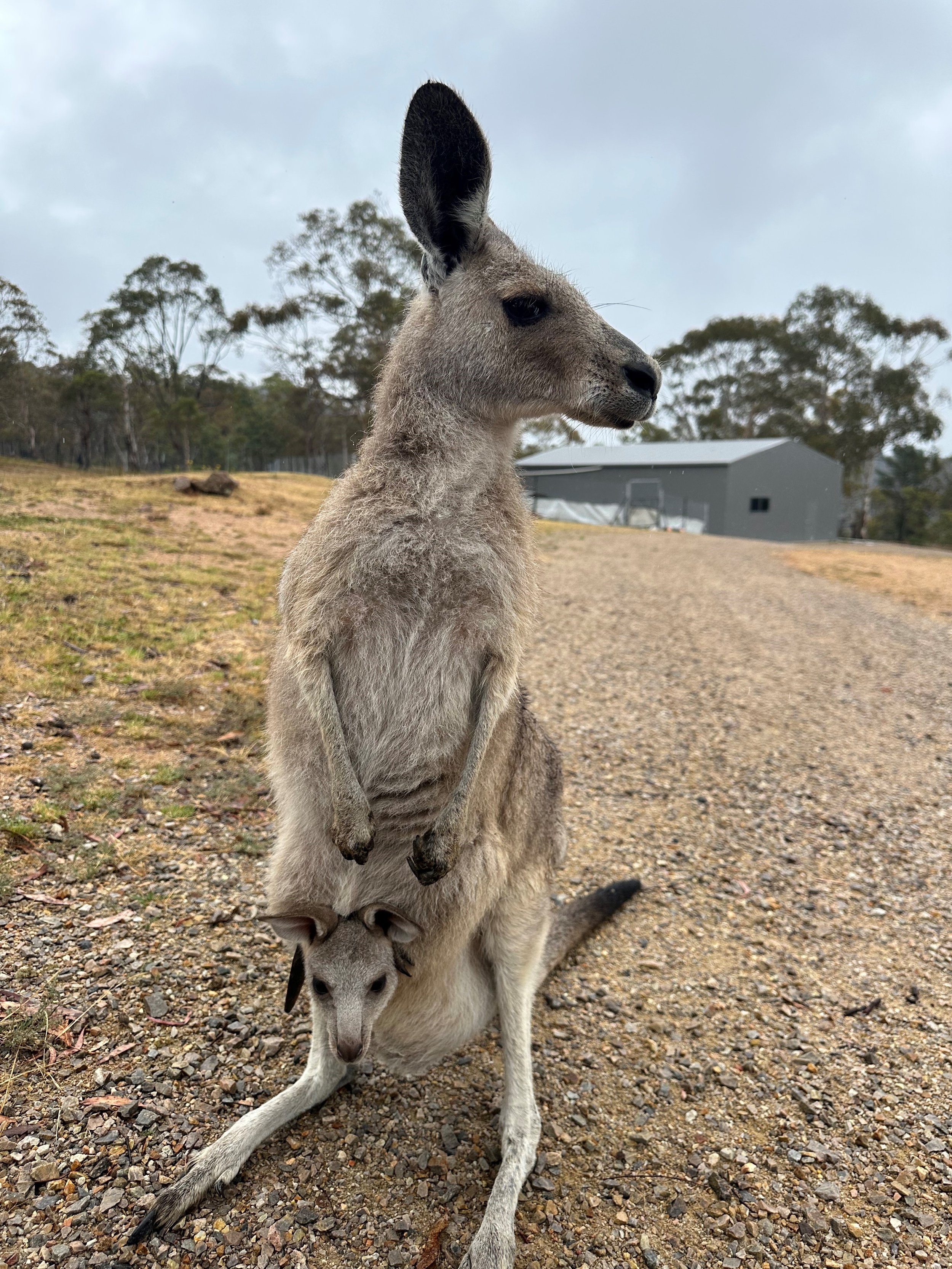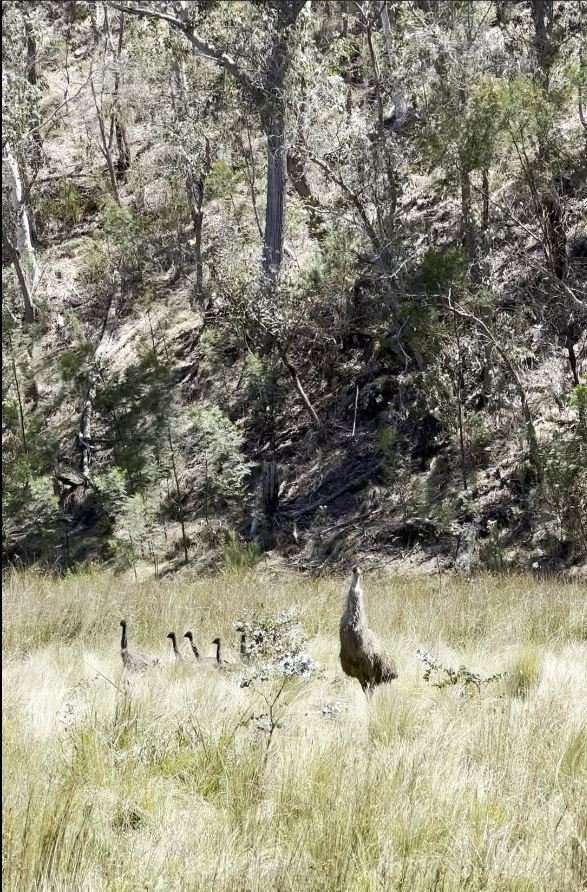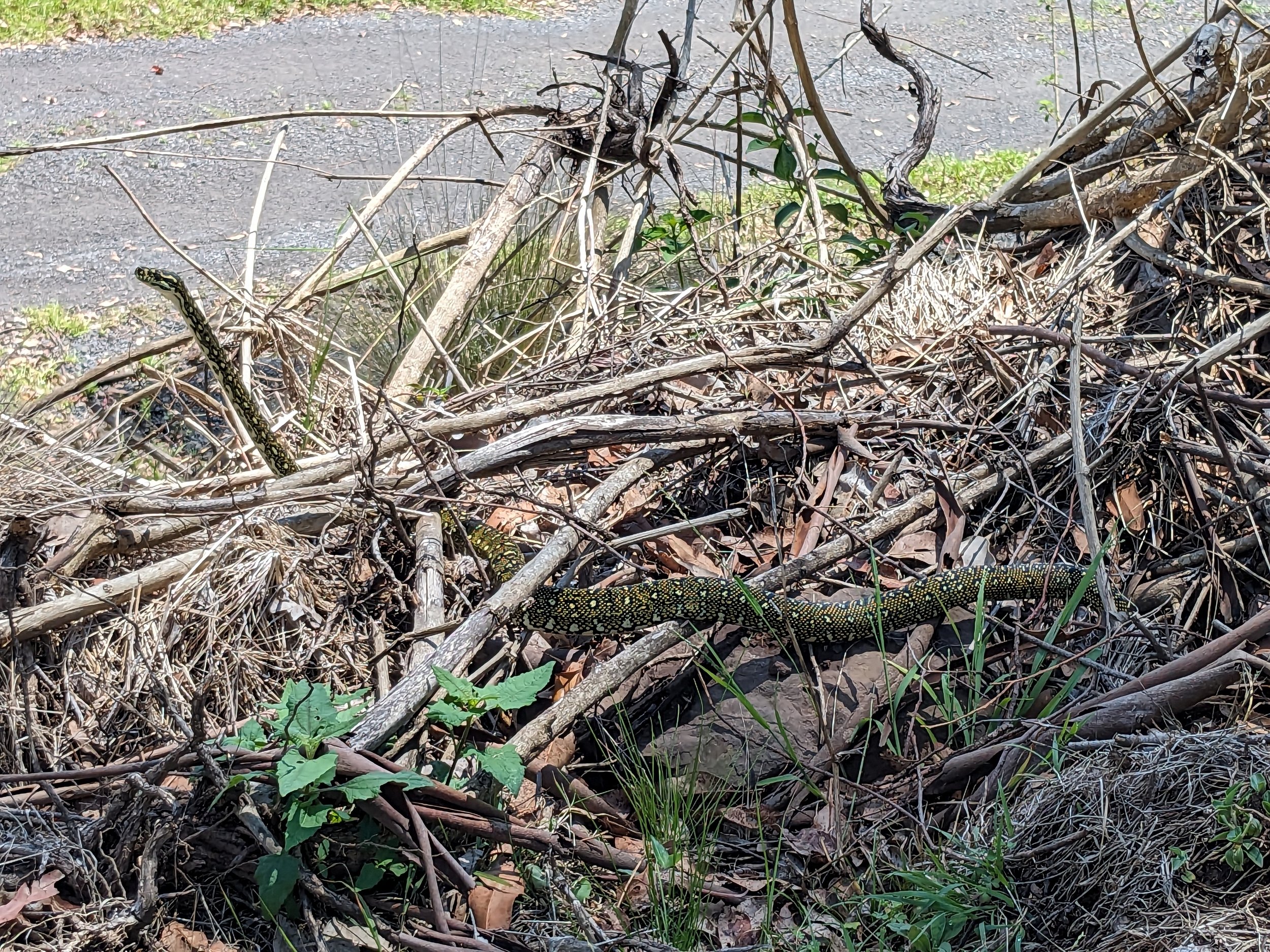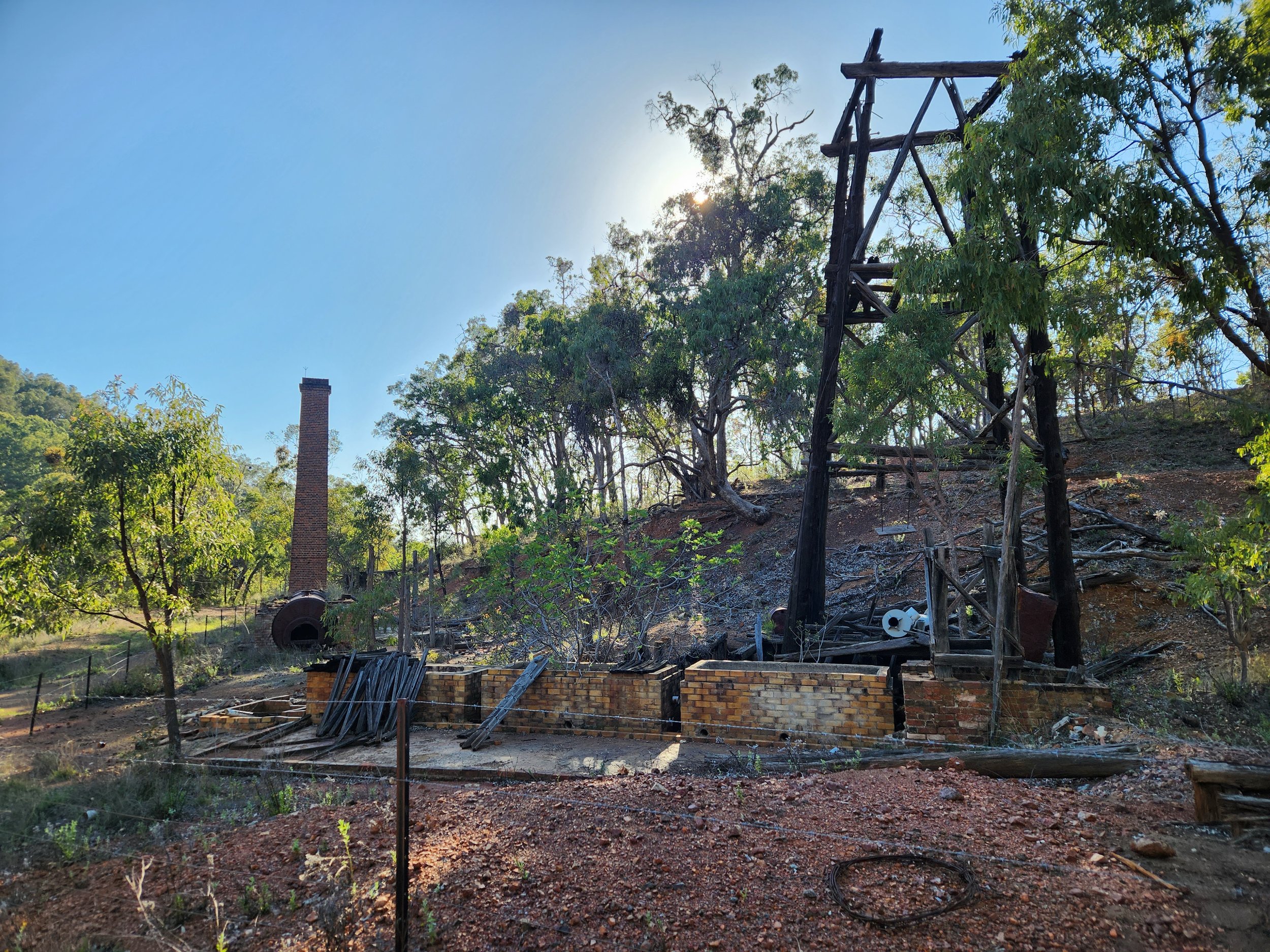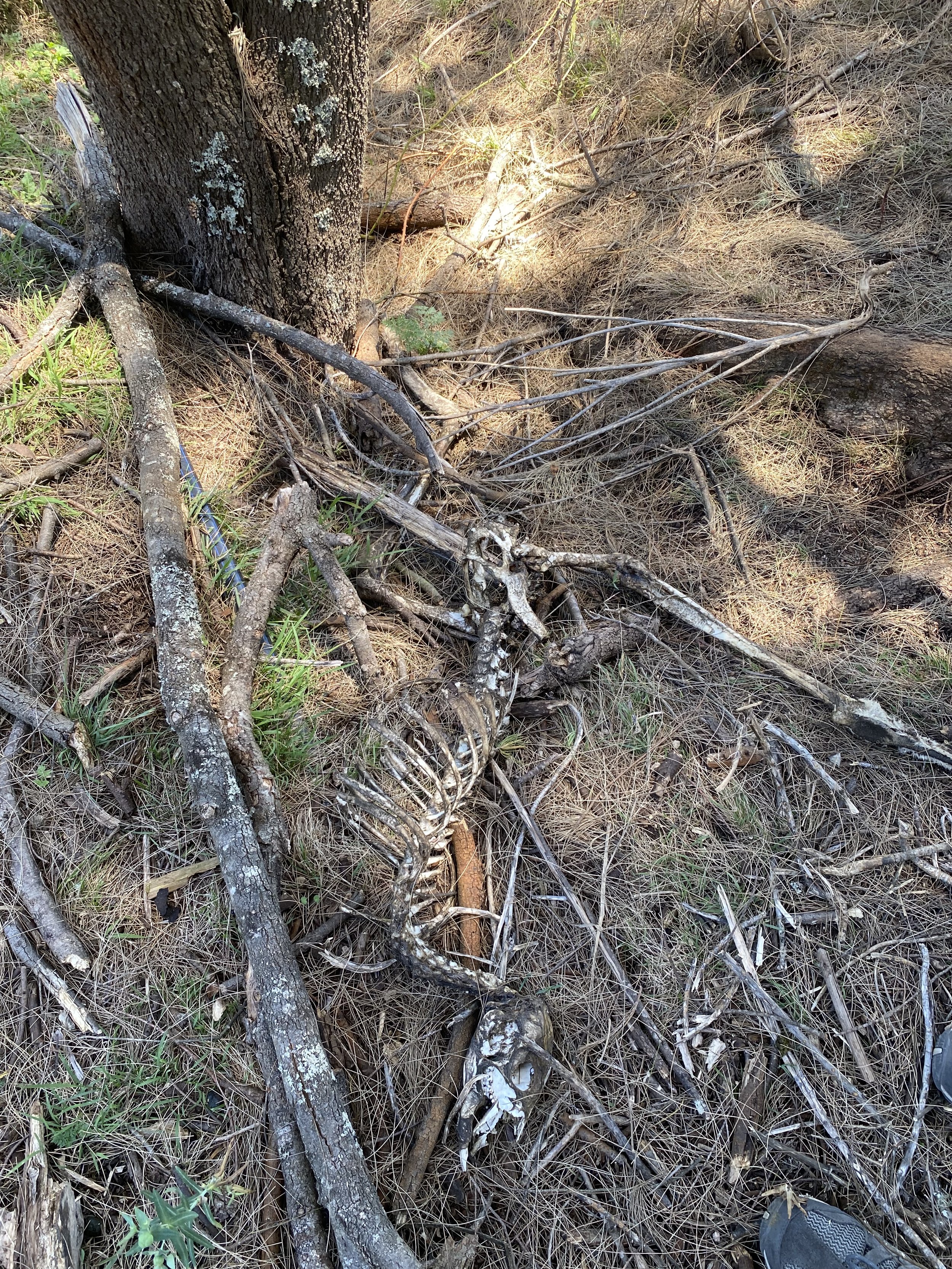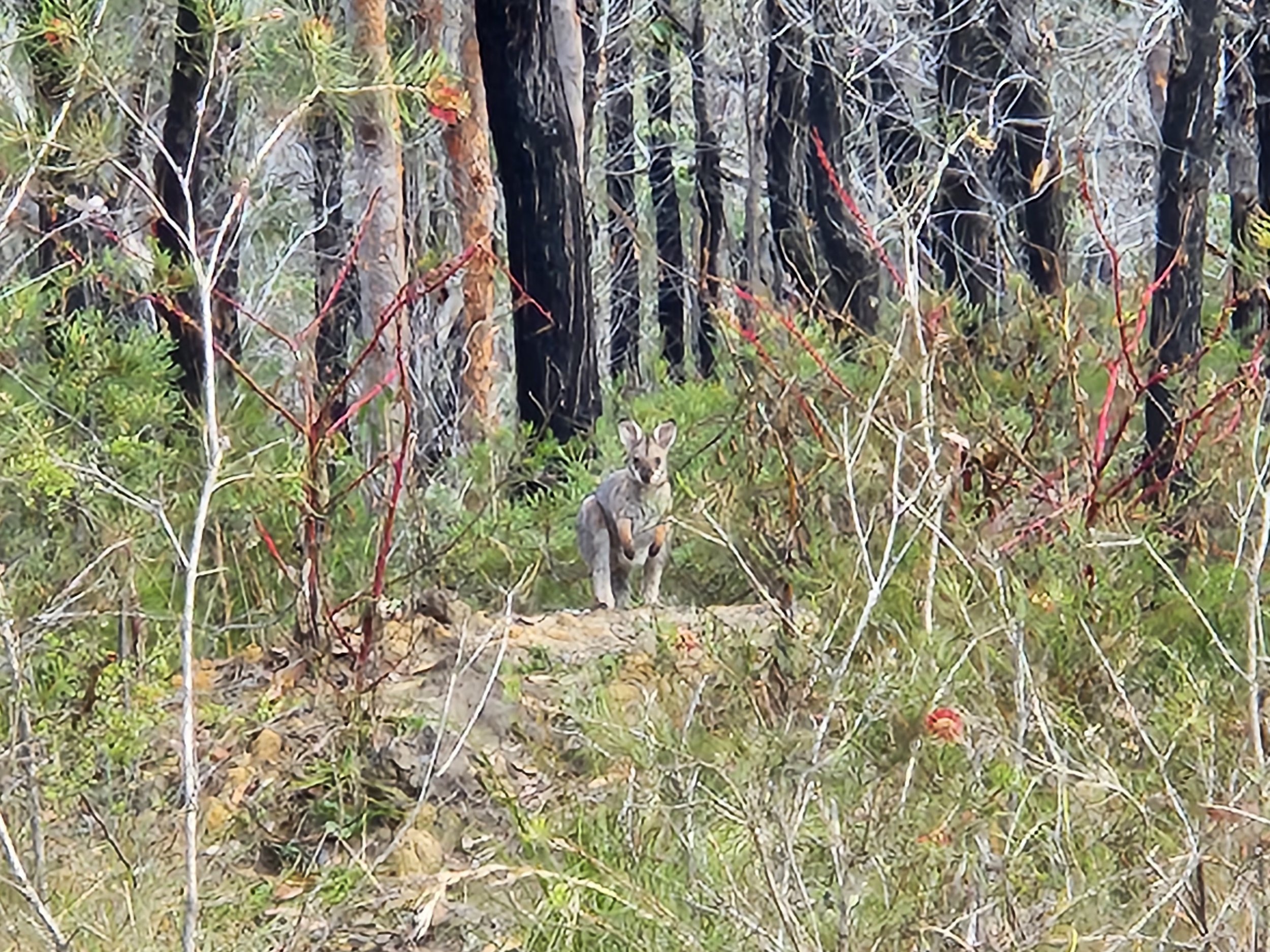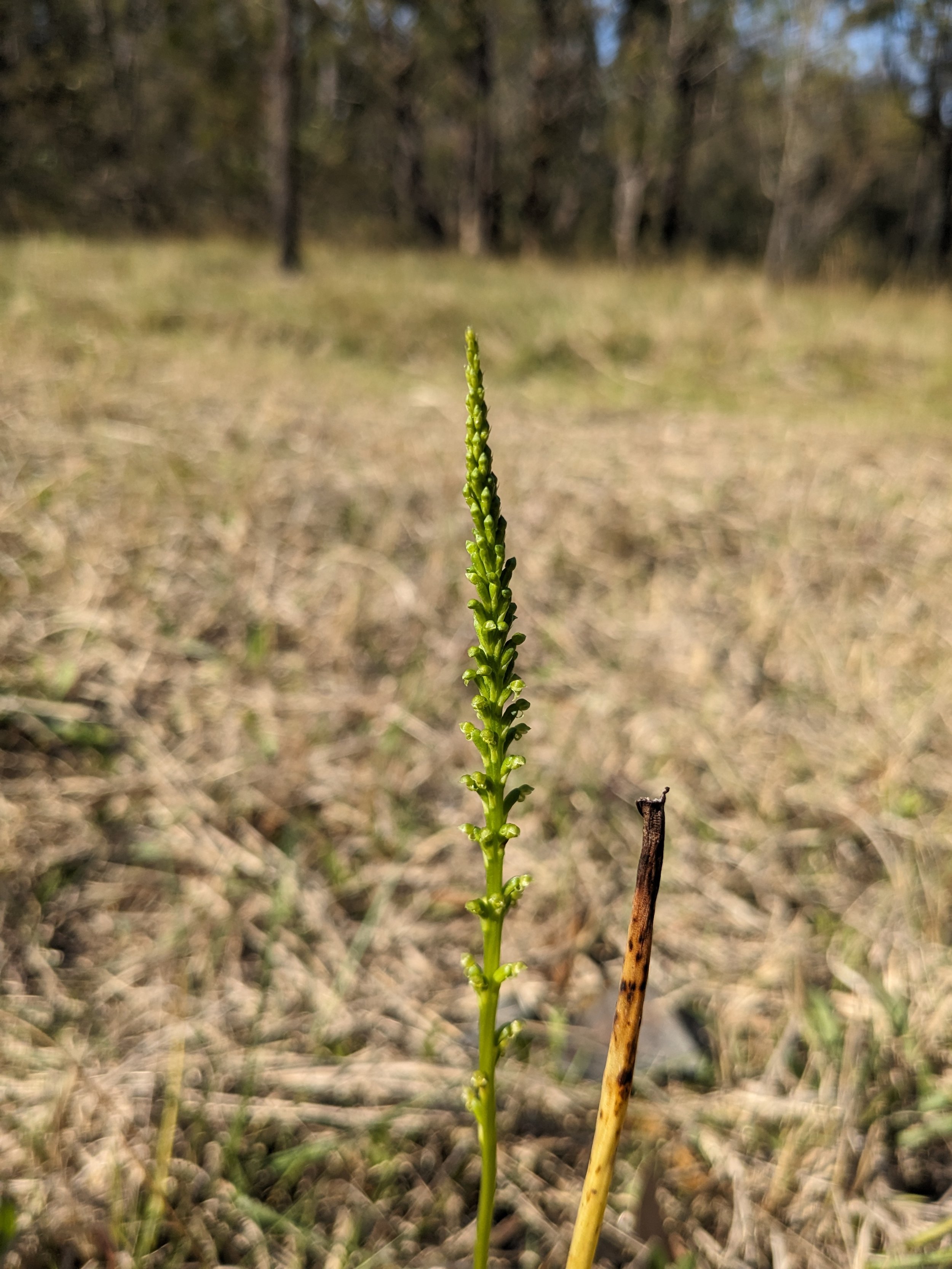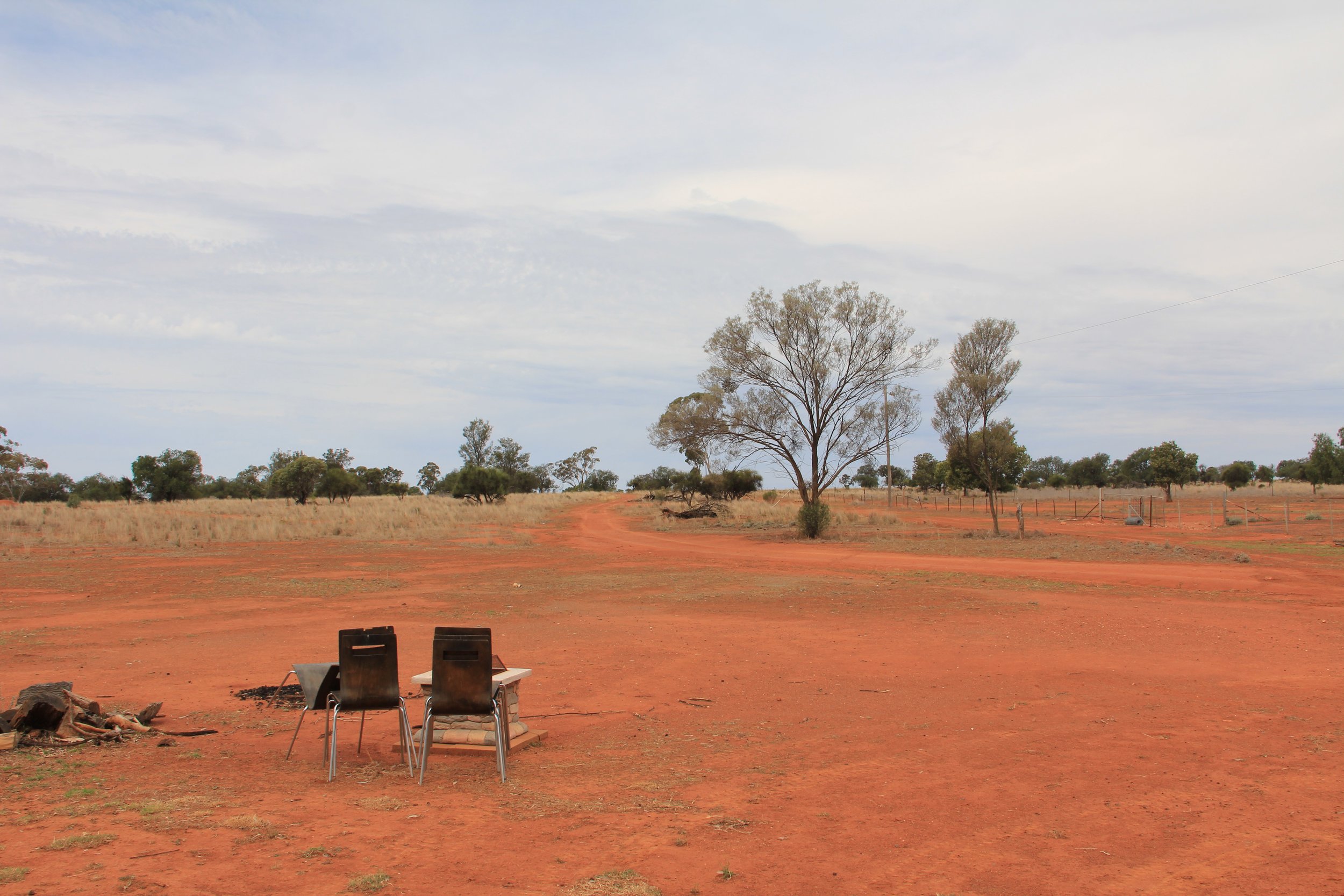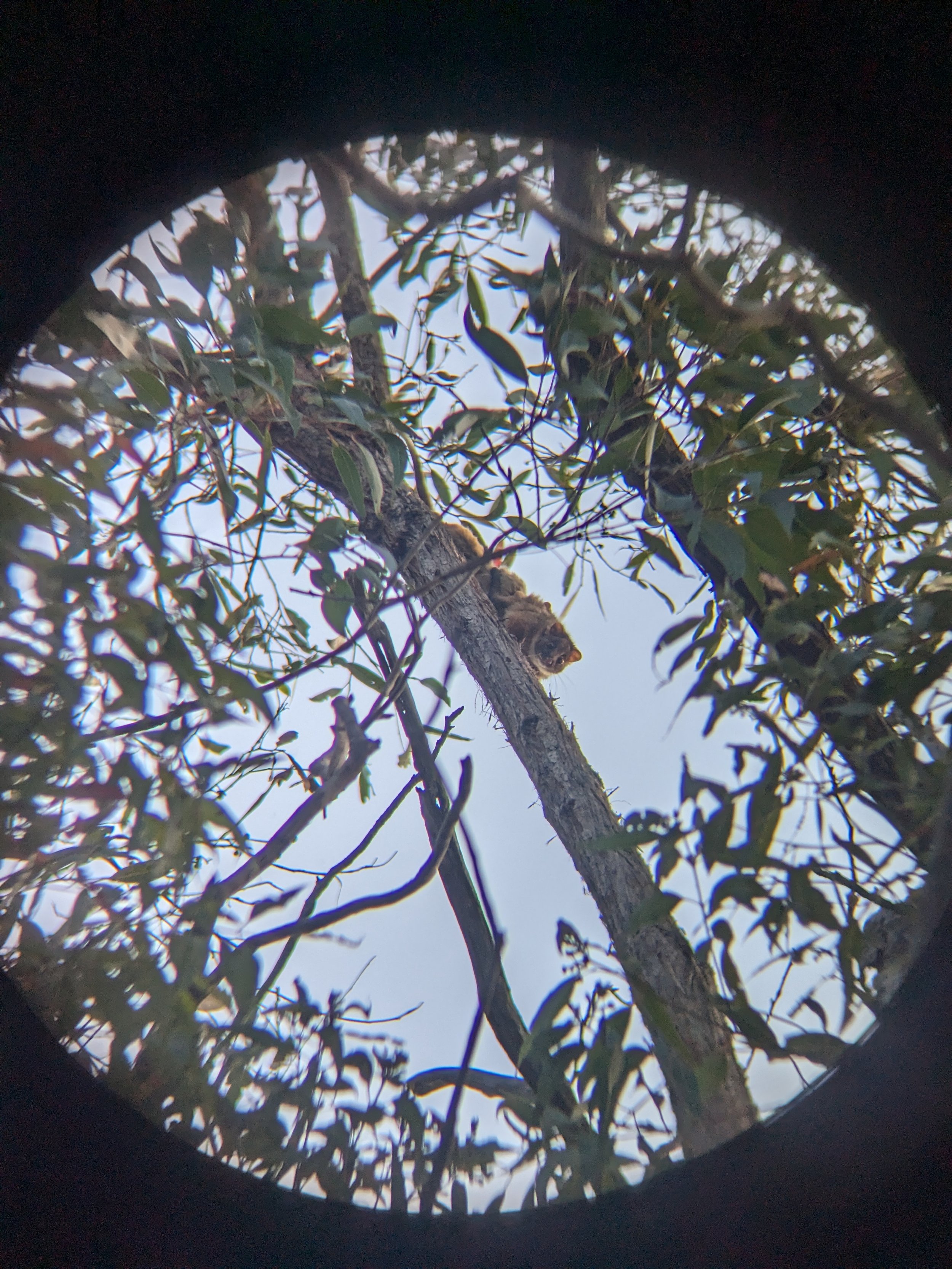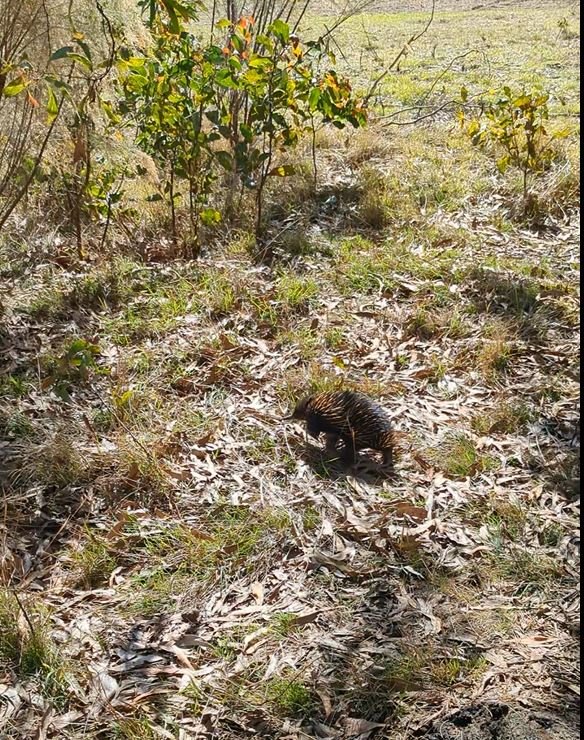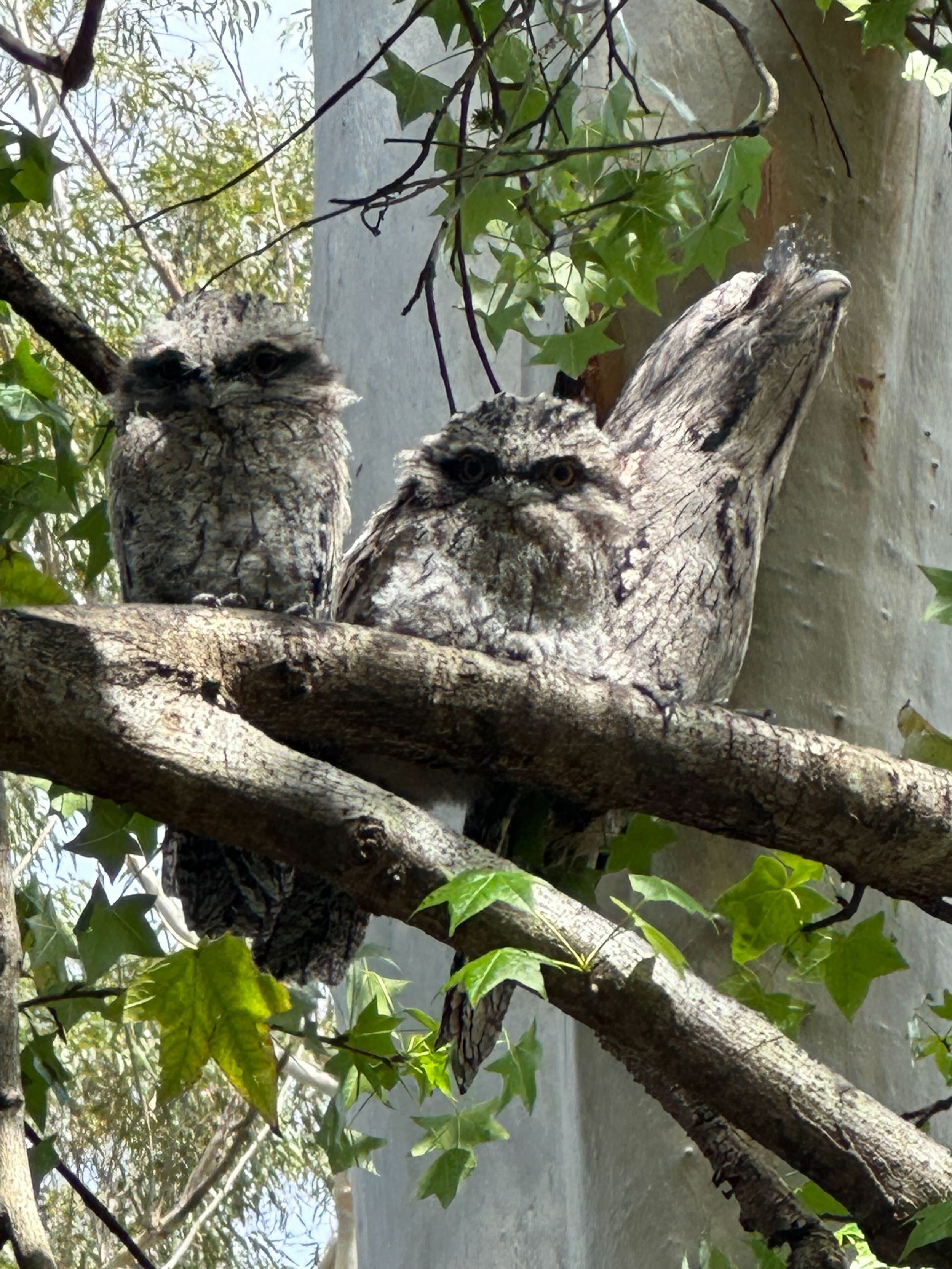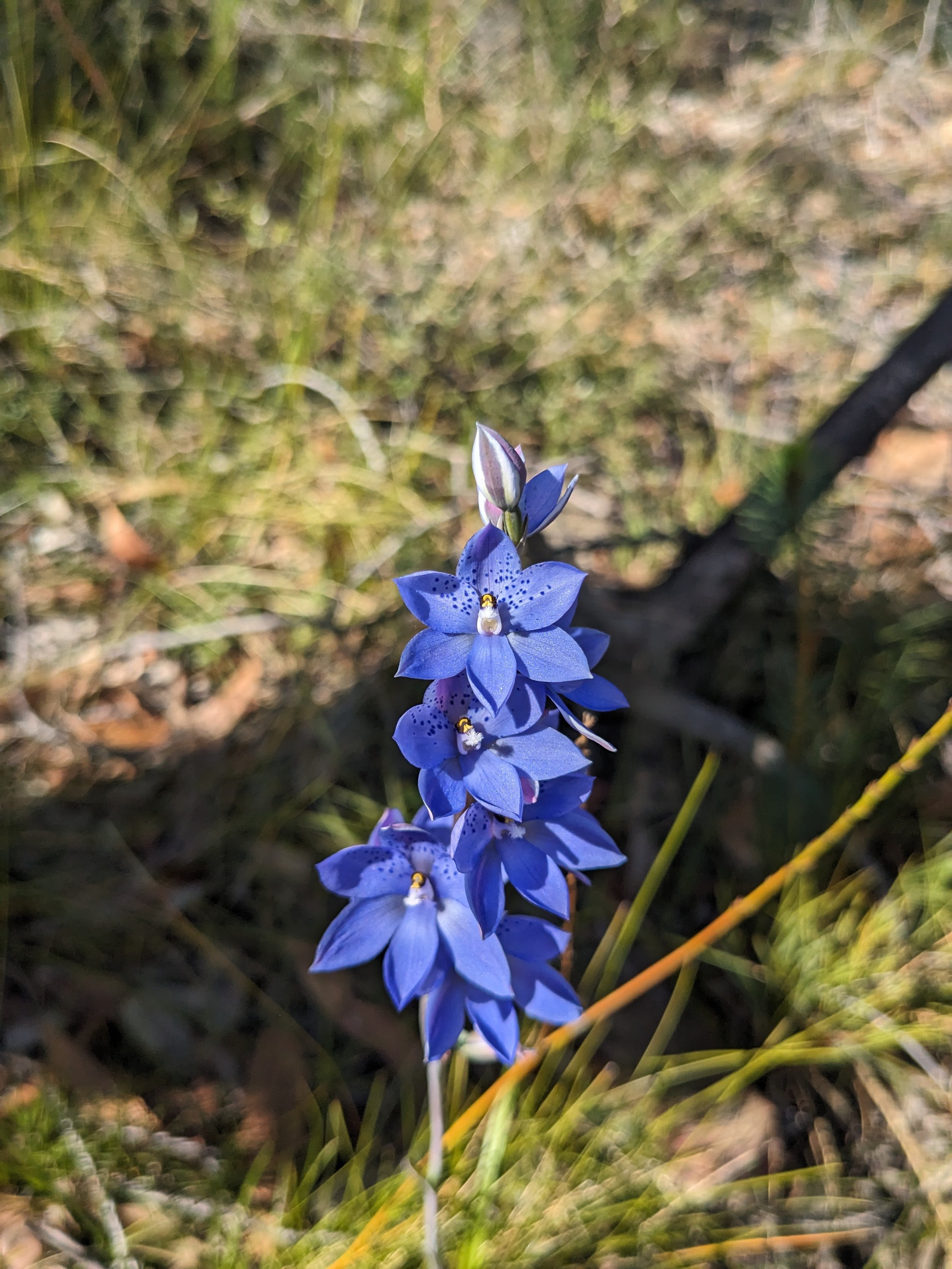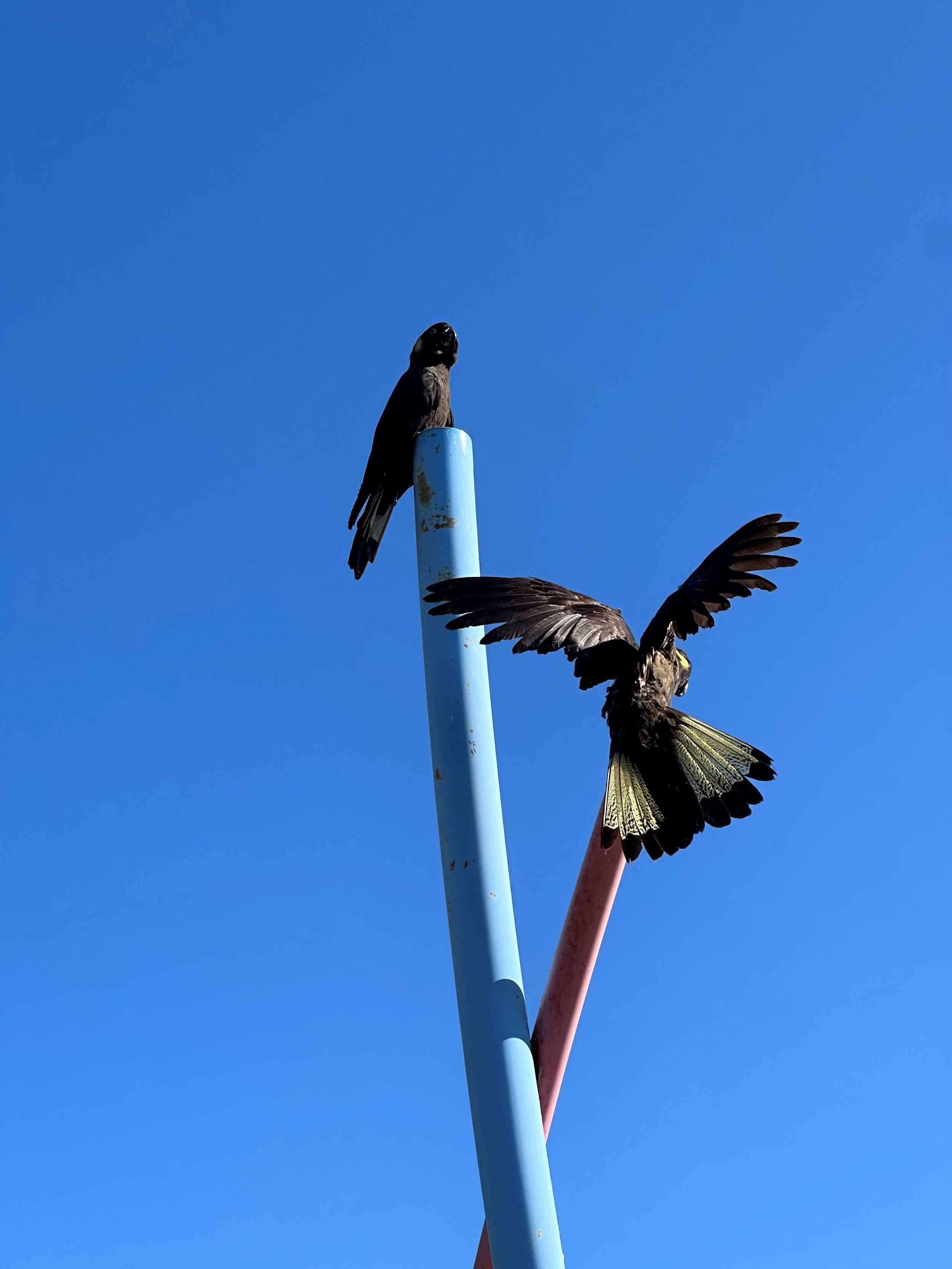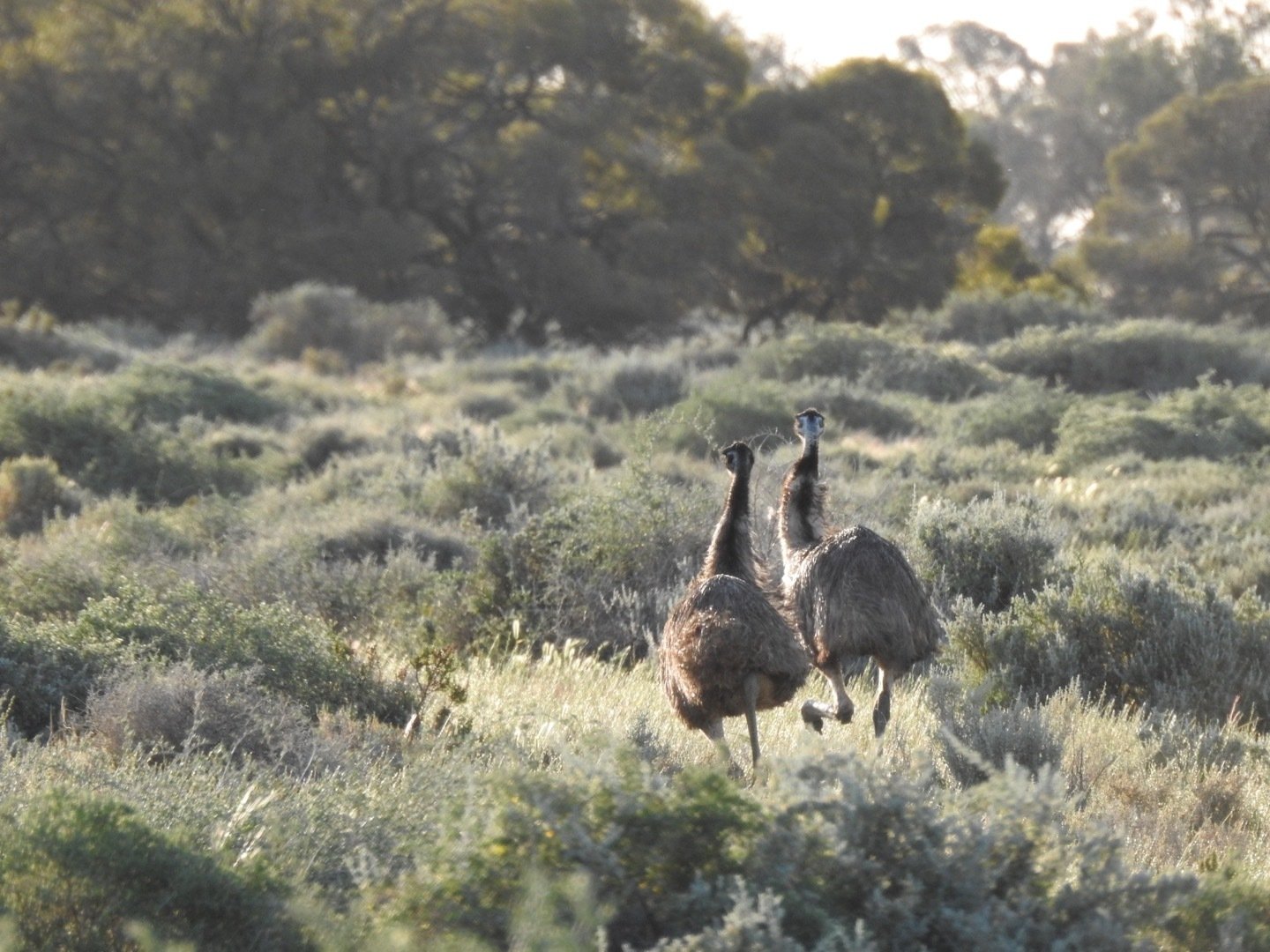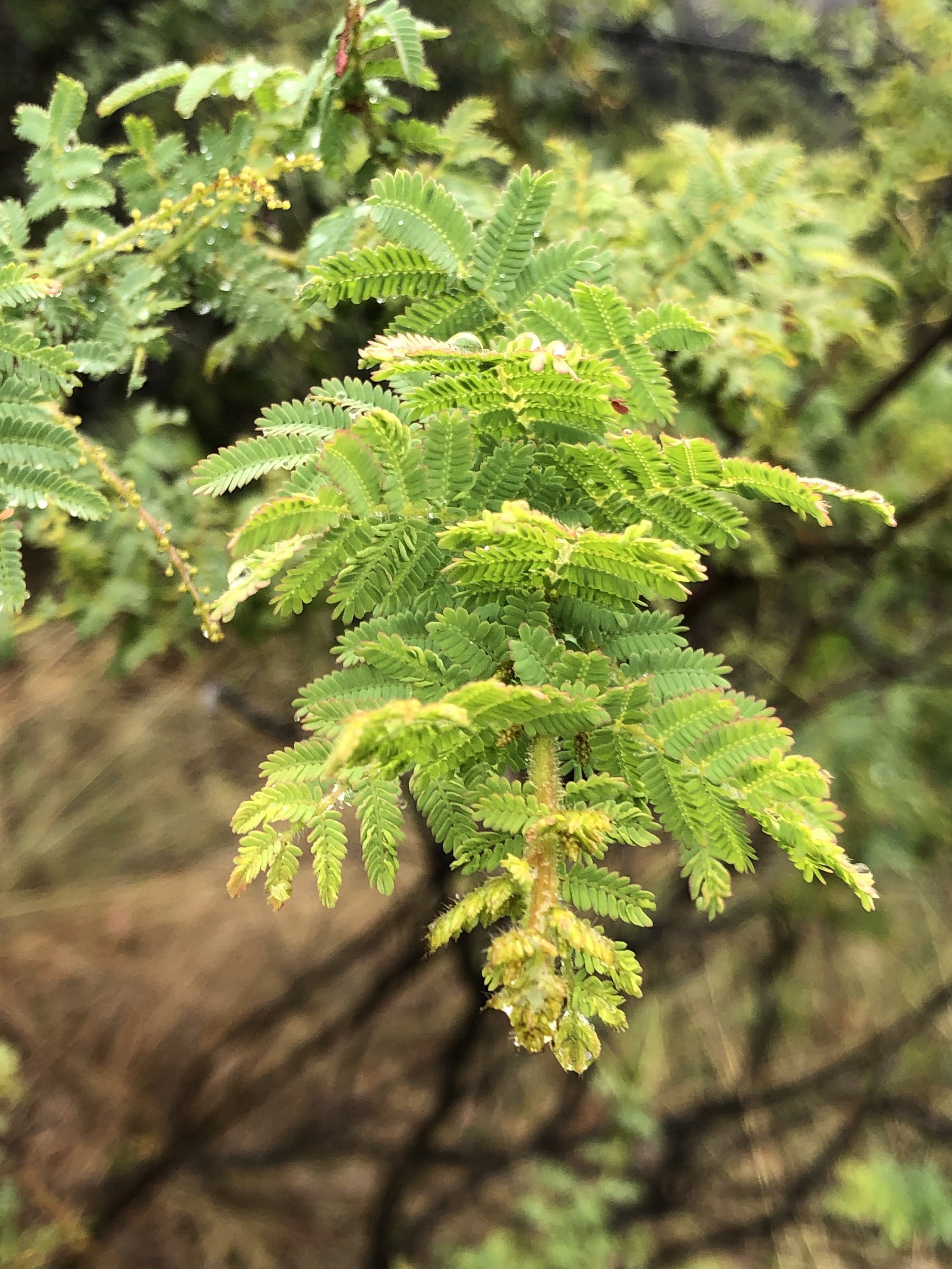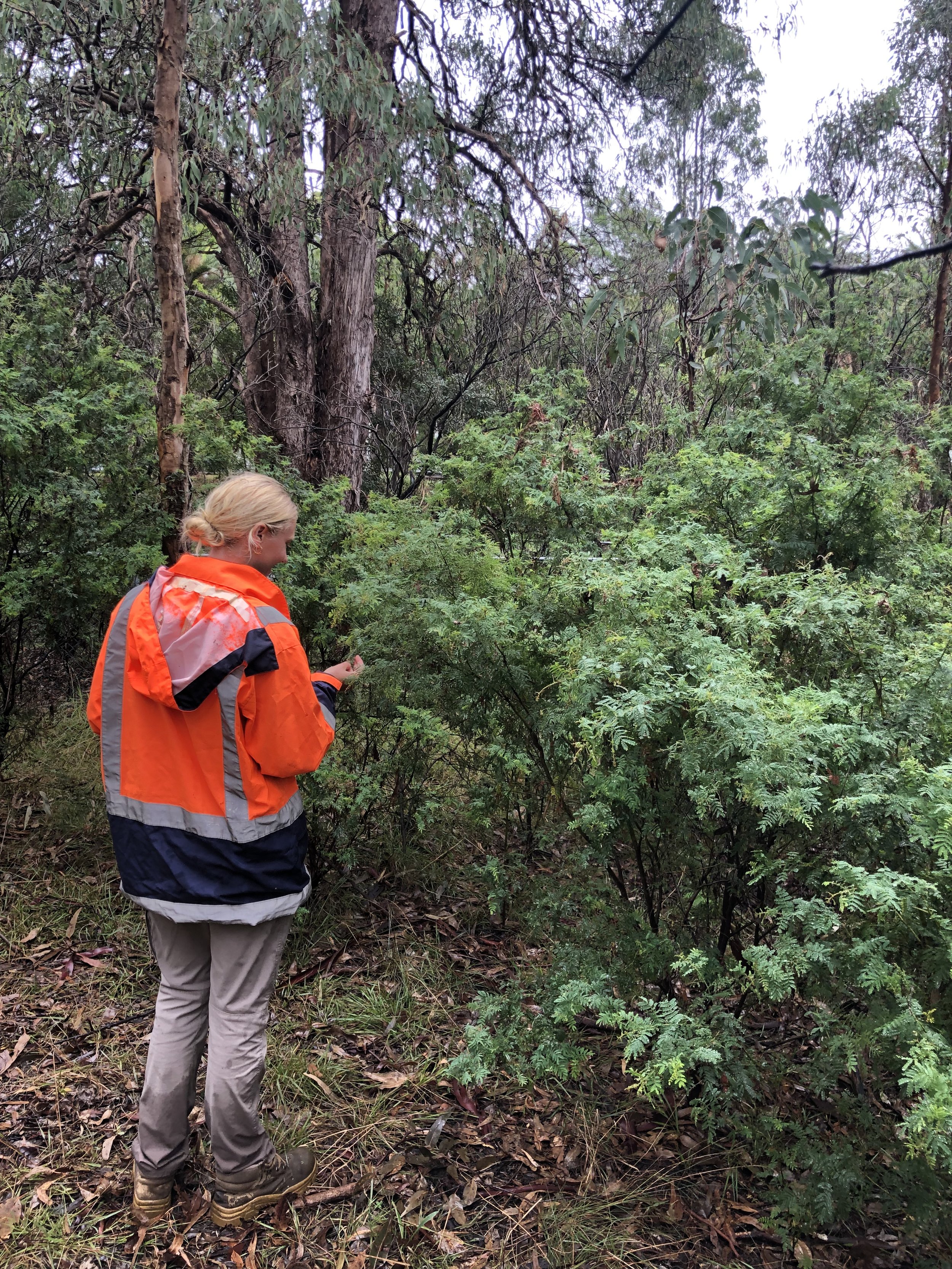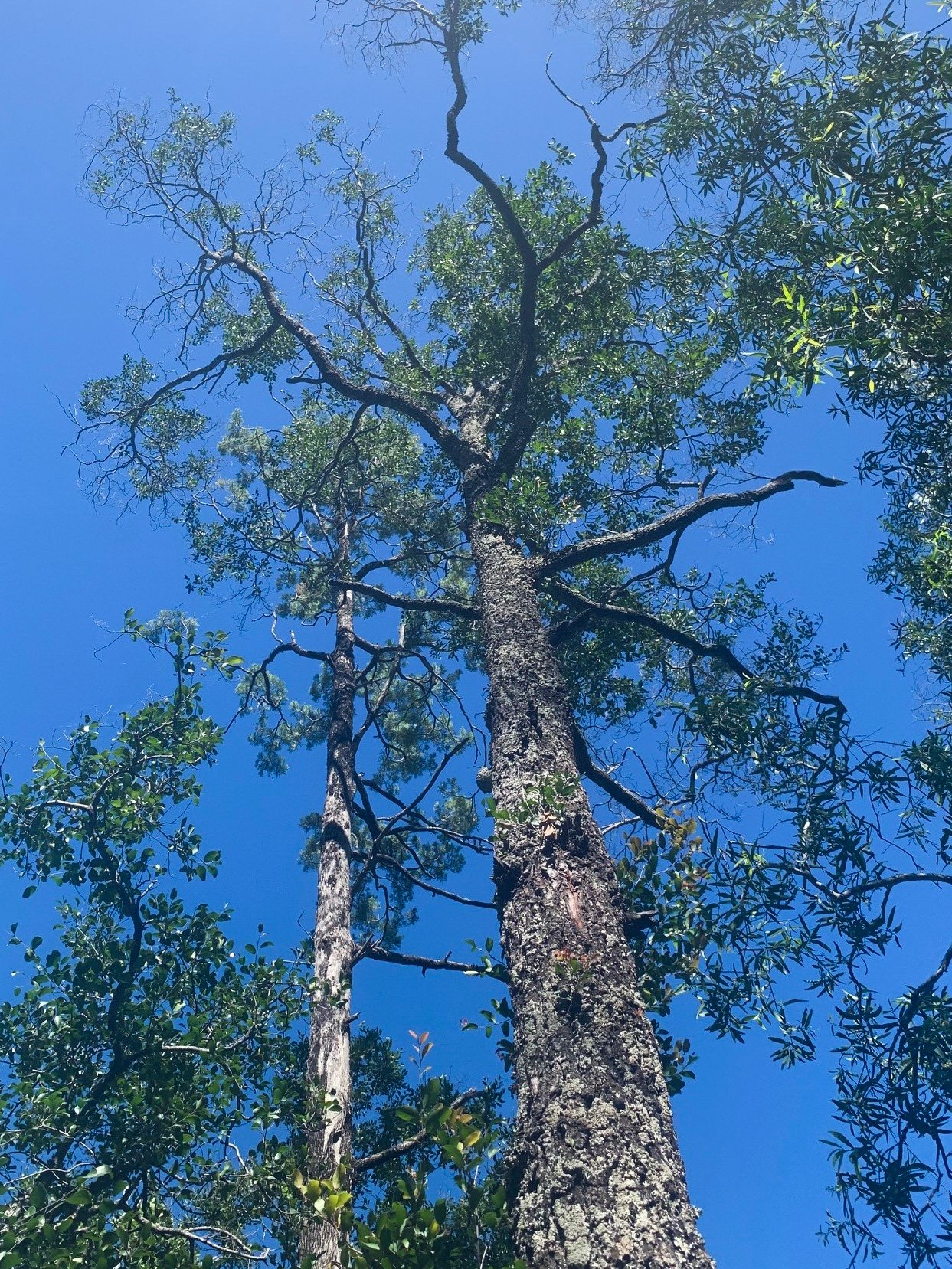Over the back half of 2023, Narla staff have been competing in what we call the "Coolest Photo Competition".
This competition was created to encourage staff to share what may be interesting or "cool" to each individual whilst also showcasing the fascinating things that they have encountered on some of the great project they have participated in throughout 2023.
Coolest Photo Competition 2023
Over the back half of 2023, Narla staff have been competing in what we call the "Coolest Photo Competition".
This competition was created to encourage staff to share what may be interesting or "cool" to each individual whilst also showcasing the fascinating things that they have encountered on some of the great project they have participated in throughout 2023.
